预约演示
更新于:2025-08-02
AZD-4818
更新于:2025-08-02
概要
基本信息
原研机构 |
在研机构- |
非在研机构 |
权益机构- |
最高研发阶段无进展临床2期 |
首次获批日期- |
最高研发阶段(中国)- |
特殊审评- |
登录后查看时间轴
结构/序列
分子式C27H32Cl2N2O7 |
InChIKeyHVTUHSABWJPWNK-SFHVURJKSA-N |
CAS号1003566-93-5 |
关联
3
项与 AZD-4818 相关的临床试验EUCTR2007-003962-16-DK
A 4-week double-blind, placebo-controlled, randomised, parallel group phase IIa study to assess the tolerability/safety and efficacy of inhaled AZD4818 in patients with moderate to severe Chronic Obstructive Pulmonary Disease (COPD) - TOP
开始日期2008-03-04 |
申办/合作机构 |
NCT00629239
A 4-week Double-blind, Placebo-controlled, Randomized, Parallel Group Phase IIa Study to Assess the Tolerability/Safety and Efficacy of Inhaled AZD4818 in Patients With Moderate to Severe Chronic Obstructive Pulmonary Disease (COPD)
The purpose of this study is to see if treatment with AZD4818 for four weeks is tolerable, safe and effective in treating COPD and, if so, how it compares with placebo.
开始日期2008-01-01 |
申办/合作机构 |
NCT00687232
A Randomised, Placebo-controlled Single-blind, Single-centre Phase I Study to Assess the Safety, Tolerability and Pharmacokinetics of Single and Multiple Ascending Inhaled Doses of AZD4818 in Healthy Japanese Male Volunteers
The purpose is to investigate safety and tolerability of single and multiple ascending inhaled doses of AZD4818 in healthy Japanese male volunteers.
开始日期2008-01-01 |
申办/合作机构 |
100 项与 AZD-4818 相关的临床结果
登录后查看更多信息
100 项与 AZD-4818 相关的转化医学
登录后查看更多信息
100 项与 AZD-4818 相关的专利(医药)
登录后查看更多信息
6
项与 AZD-4818 相关的文献(医药)2014-11-01·British Journal of Pharmacology
Identifying bias inCCR 1 antagonists using radiolabelled binding, receptor internalization, β‐arrestin translocation and chemotaxis assays
Article
作者: Mazzoni, M R ; Gauntner, T D ; Gilchrist, A ; Pyen, D S ; Fazzini, A ; Ahn, J ; Ha, S J ; Willett, A ; Alley, K M ; Merritt, J R ; Bachovchin, K A ; Sansom, S E ; Yarfi, J L
Background and Purpose:
Investigators have suggested that the chemokine receptorCCR1 plays a role in multiple myeloma. Studies using antisense and neutralizing antibodies toCCR1 showed that down‐regulation of the receptor altered disease progression in a mouse model. More recently, experiments utilizingscidmice injected with human myeloma cells demonstrated that theCCR1 antagonistBX471 reduced osteolytic lesions, while theCCR1 antagonistMLN‐3897 prevented myeloma cell adhesion to osteoclasts. However, information is limited regarding the pharmacology ofCCR1 antagonists in myeloma cells.
Experimental Approach:
We compared several well‐studiedCCR1 antagonists includingAZD4818,BX471,CCX354,CP‐481715,MLN‐3897 and PS899877 for their ability to inhibit binding of [125I]‐CCL3in vitrousing membranes prepared fromRPMI8226 cells, a human multiple myeloma cell line that endogenously expressesCCR1. In addition, antagonists were assessed for their ability to modulateCCL3‐mediated internalization ofCCR1 andCCL3‐mediated cell migration usingRPMI8226 cells. As manyGPCRs signal throughβ–arrestin‐dependent pathways that are separate and distinct from those driven byG‐proteins, we also evaluated the compounds for their ability to alterβ‐arrestin translocation.
Key Results:
There were clear differences between theCCR1 antagonists in their ability to inhibitCCL3 binding to myeloma cells, as well as in their ability to inhibitG–protein‐dependent and ‐independent functional responses.
Conclusions and Implications:
Our studies demonstrate that tissue phenotype seems to be relevant with regards toCCR1. Moreover, it appears that forCCR1 antagonists, inhibition ofβ‐arrestin translocation is not necessarily linked to chemotaxis or receptor internalization.
2013-12-01·Journal of aerosol medicine and pulmonary drug delivery4区 · 医学
Validation of a General In Vitro Approach for Prediction of Total Lung Deposition in Healthy Adults for Pharmaceutical Inhalation Products
4区 · 医学
Article
作者: Lundbäck, Hans ; Svensson, Mårten ; Borgström, Lars ; Olsson, Bo
BACKGROUND:
A validated method to predict lung deposition for inhaled medication from in vitro data is lacking in spite of many attempts to correlate in vitro and in vivo outcomes. By using an in vivo-like in vitro setup and analyzing inhalers from the same batches, both in vitro and in vivo, we wanted to create a situation where information from the in vitro and in vivo outcomes could be analyzed at the same time.
METHOD:
Nine inhalation products containing either budesonide or AZD4818 were evaluated. These comprised two pressurized metered dose inhalers (pMDIs), a pMDI plus a spacer, four dry powder inhalers, and two dosimetric nebulizers. In vitro, an in vivo-like setup consisting of anatomically correct inlet throats were linked to a flow system that could replay actual inhalation flow profiles through the throat to a filter or to an impactor. In vivo, total lung deposition was measured in healthy adults by pharmacokinetic methods.
RESULTS AND CONCLUSION:
We could show that the amount of drug escaping filtration in a realistic throat model under realistic delivery conditions predicts the typical total lung deposition in trained healthy adult subjects in the absence of significant exhaled mass. We could further show that by using combinations of throat models and flow profiles that represent realistic deviations from the typical case, variations in ex-cast deposition reflect between-subject variation in lung deposition. Further, we have demonstrated that ex-cast deposition collected either by a simple filter or by a cascade impactor operated at a fixed flow rate using a mixing inlet, to accommodate a variable flow profile through the inhaler, predicts equally well the lung deposited dose. Additionally, the ex-cast particle size distribution measured by this method may be relevant for predicting exhaled fraction and regional lung deposition by computational models.
2012-10-01·MOLECULAR SIMULATION
Computational studies of the binding modes of CCR1 antagonists
作者: Jing Wei ; Binhui Chen ; Yuan Liu
The CC chemokine receptor 1 (CCR1) is linked to the pathogenesis of chronic inflammatory diseases and is an attractive target for drug discovery research.On the basis of the high-resolution crystal structure of CXC4 chemokine receptor, 3D structure of the human CCR1 was developed by homol. modeling.Nine representative antagonists were applied to binding site study with the rational model through mol. docking.Three hydrophobic sites, especially Phe89, Trp90; Trp99, Tyr113; Tyr114 and Cys183, were identified to be essential for their strong hydrophobic interactions with antagonists.Lys94 and Glu287 have been identified as major contributor to ligand binding by H-bond interaction and salt-bridge interaction, resp.Two hydrophobic sub-pockets (Regions A and B) and Glu287 may be crucial binding sites for chemokine receptors, whereas Tyr93 and Lys94 may be crucial binding sites of the subtype selectivity for CCR1.They are important in stabilizing CCR1-antagonist complexes.Thus, these studies should provide novel insights into the CCR1-antagonist interactions and guide further drug design and mutagenesis studies.
100 项与 AZD-4818 相关的药物交易
登录后查看更多信息
外链
| KEGG | Wiki | ATC | Drug Bank |
|---|---|---|---|
| - | - | - |
研发状态
10 条进展最快的记录, 后查看更多信息
登录
| 适应症 | 最高研发状态 | 国家/地区 | 公司 | 日期 |
|---|---|---|---|---|
| 慢性阻塞性肺疾病 | 临床2期 | 丹麦 | 2008-01-01 | |
| 慢性阻塞性肺疾病 | 临床2期 | 芬兰 | 2008-01-01 | |
| 慢性阻塞性肺疾病 | 临床2期 | 荷兰 | 2008-01-01 | |
| 慢性阻塞性肺疾病 | 临床2期 | 挪威 | 2008-01-01 | |
| 慢性阻塞性肺疾病 | 临床2期 | 瑞典 | 2008-01-01 |
登录后查看更多信息
临床结果
临床结果
适应症
分期
评价
查看全部结果
| 研究 | 分期 | 人群特征 | 评价人数 | 分组 | 结果 | 评价 | 发布日期 |
|---|
No Data | |||||||
登录后查看更多信息
转化医学
使用我们的转化医学数据加速您的研究。
登录
或
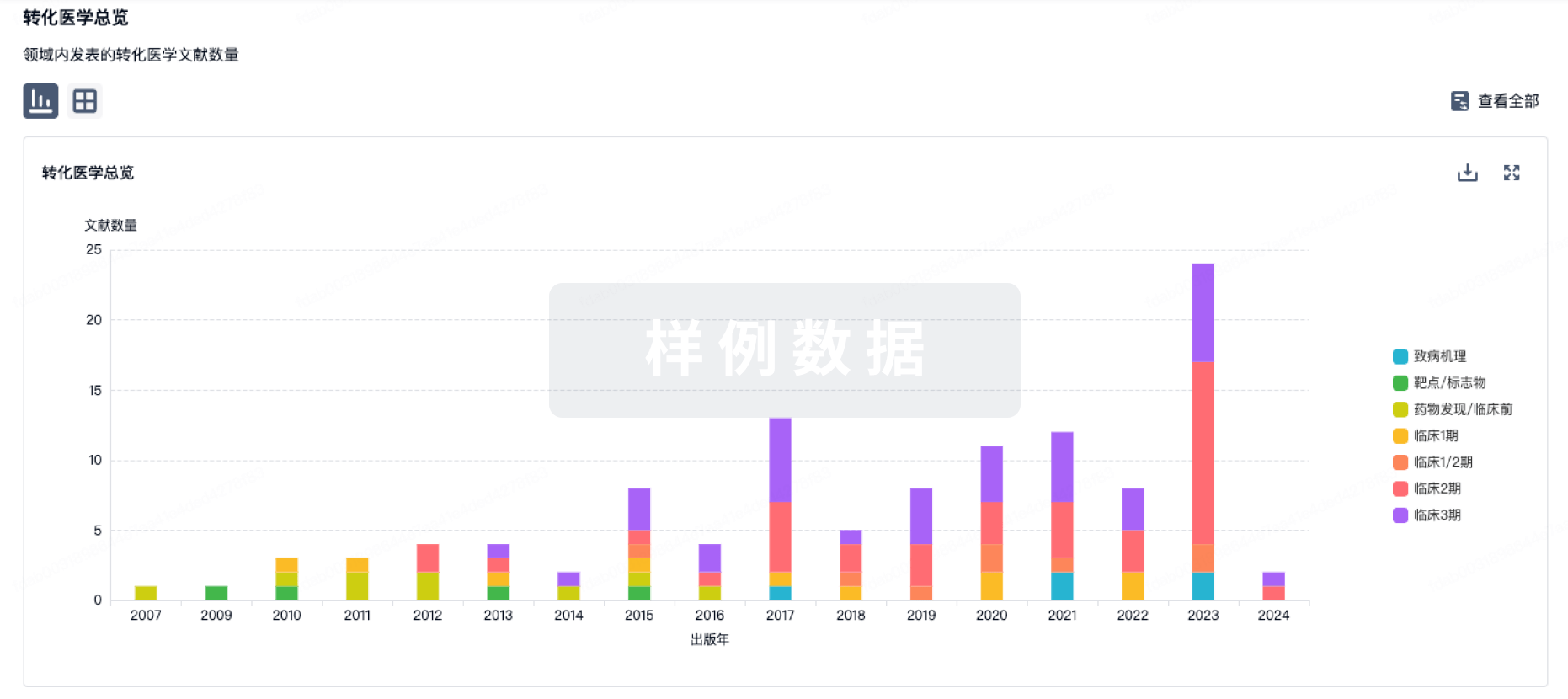
药物交易
使用我们的药物交易数据加速您的研究。
登录
或
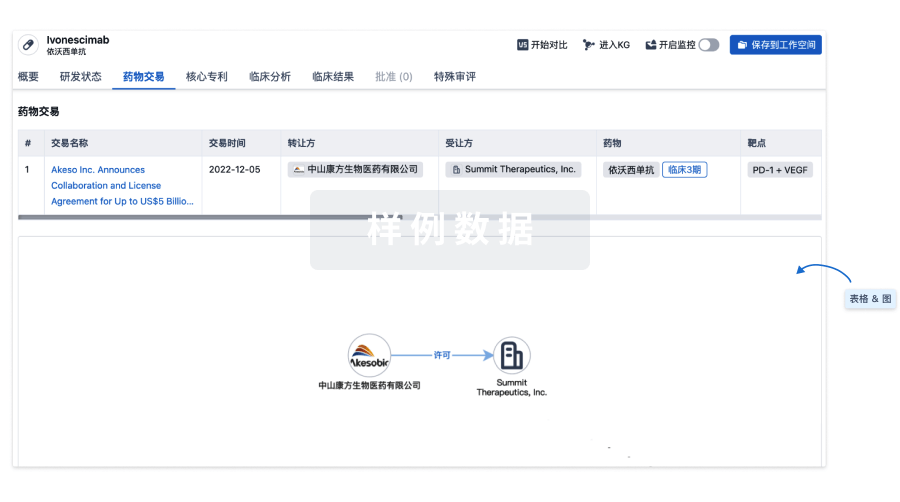
核心专利
使用我们的核心专利数据促进您的研究。
登录
或
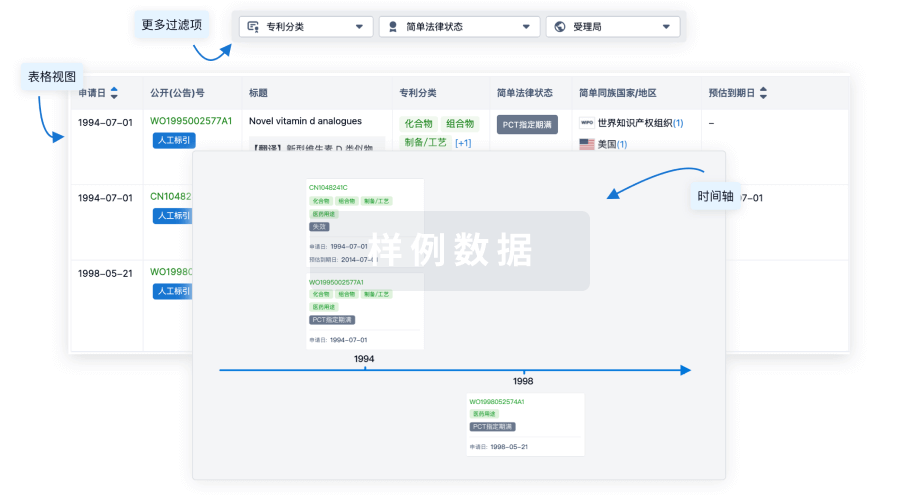
临床分析
紧跟全球注册中心的最新临床试验。
登录
或
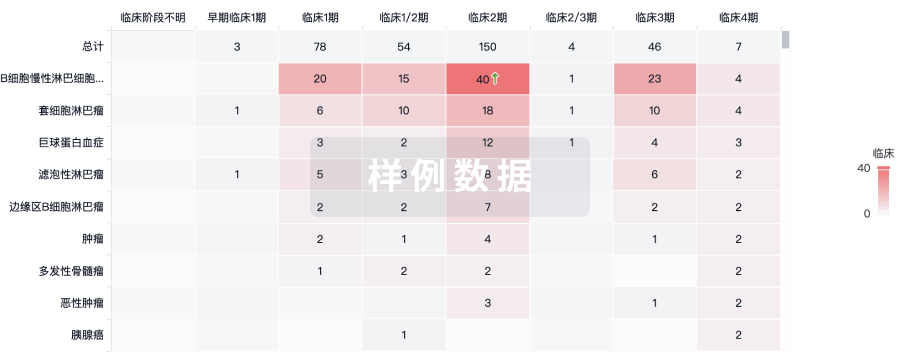
批准
利用最新的监管批准信息加速您的研究。
登录
或
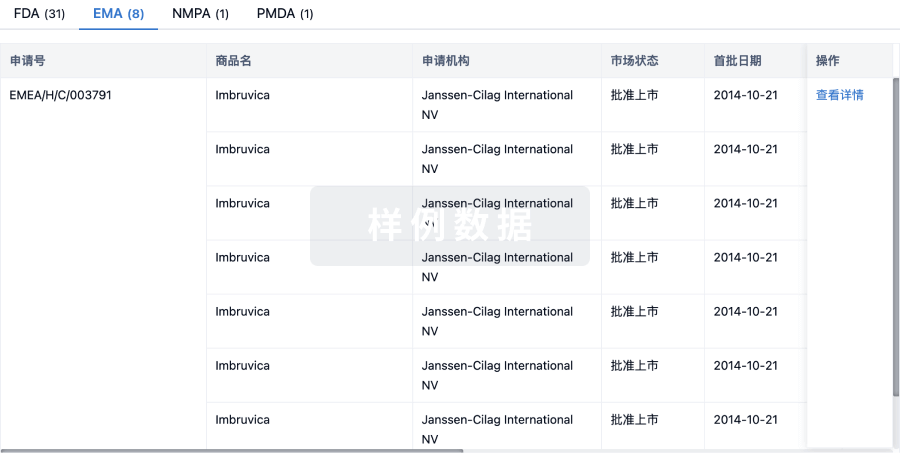
特殊审评
只需点击几下即可了解关键药物信息。
登录
或
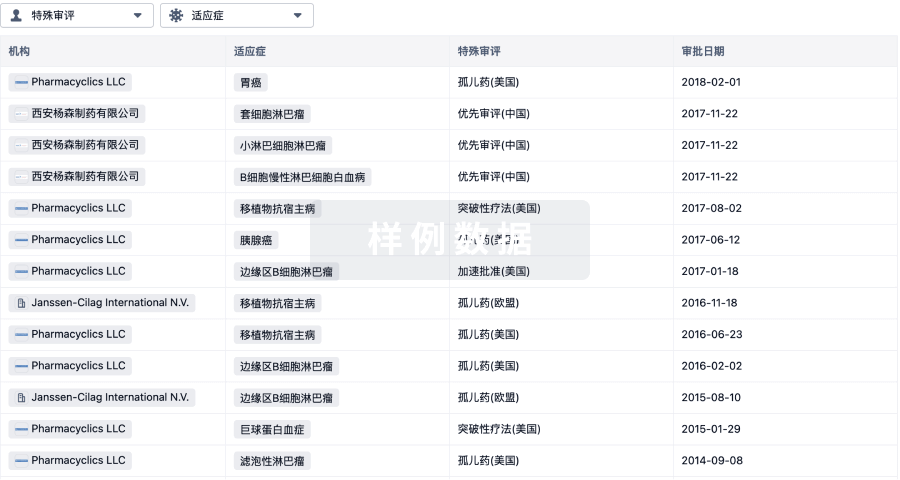
生物医药百科问答
全新生物医药AI Agent 覆盖科研全链路,让突破性发现快人一步
立即开始免费试用!
智慧芽新药情报库是智慧芽专为生命科学人士构建的基于AI的创新药情报平台,助您全方位提升您的研发与决策效率。
立即开始数据试用!
智慧芽新药库数据也通过智慧芽数据服务平台,以API或者数据包形式对外开放,助您更加充分利用智慧芽新药情报信息。
生物序列数据库
生物药研发创新
免费使用
化学结构数据库
小分子化药研发创新
免费使用

